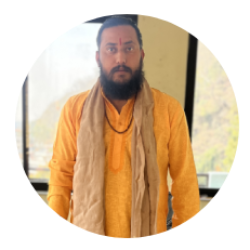VIPASSANA MEDITATION TYPES
- Kayanupassana- kaya - body
- Vedananupassana - vedana - feelings / sensations / pain
- Chittanupassana - Chitta - mind
- Dhammanupassana - dhamma - uplifting
Nu from nupassana means single-pointed focus.
Let's delve further into each type
-
1. KAYANUPASSANA
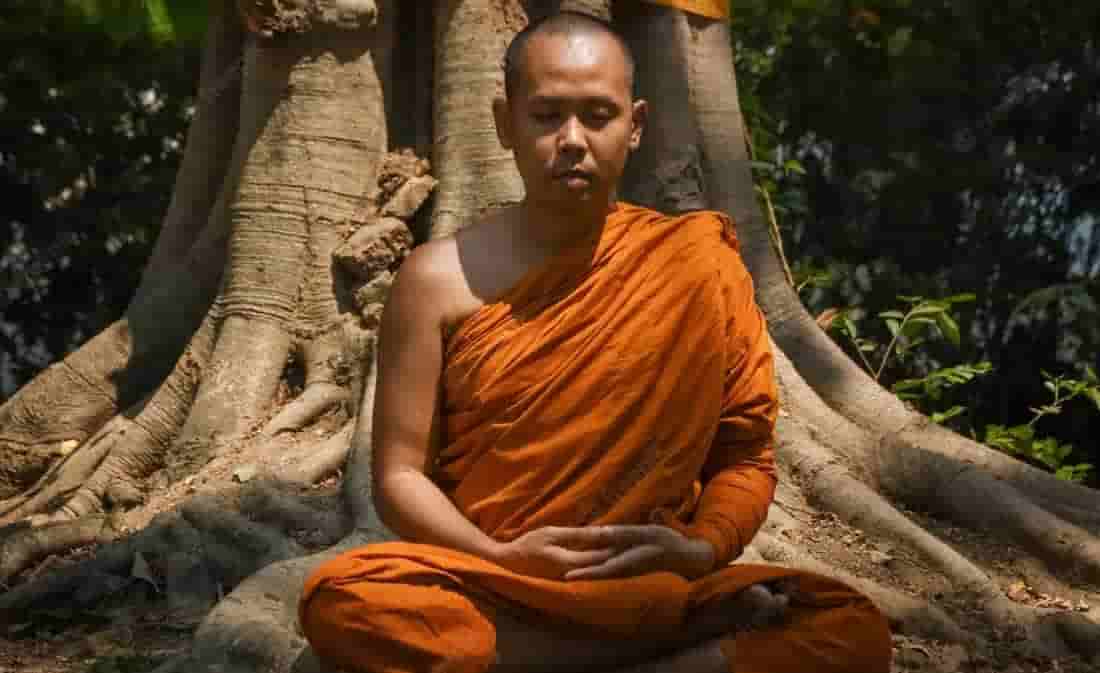
A) OBSERVATION:
What you can see. Since “kaya” refers to the body, we are also referring to what you can actually see on the body. The observations collected by each individual will be different. The first data we collect will always consist of multiple observations. For example, if you ask three different girls to wear a bindi in the center of their forehead, each may have a different spot where they place it. One may wear it between the eyebrows, another just above the midpoint, and the last still higher.
So, if there are multiple observations, then what can be considered the truth?
The truth is what you already know and also what you don’t know yet.
As you keep observing, you will continue finding new things.
Some observations of our bodies:
- The body behaves differently every single day. For example, one day our legs may hurt; the next day, our hands may hurt.
- Our bodies have limits. For example, I can walk 5 km, but someone else may walk only 2 km and give up. How much do we allow this pain to affect us instead of letting it go?
- Our bodies have needs; without them, the body cannot function—needs such as food, water, and adequate rest. So, our bodies have limits. Our minds are constantly working. Even when we sleep, our bodies shut down, but our minds continue to process information. Our bodies are controlled by our desires, which tend to get in the way most of the time.
Let's understand this with a story.
One day, Harry meets God, who grants him anything he wishes. Harry was thrilled and had only one wish—to own as much land as he could see on the horizon. God agreed to grant his wish and asked him to walk wherever he pleased for one day; all the land that he stepped on would belong to him. God had only one condition: Harry had to be back by sunset. Harry felt extremely thrilled, and from sunrise the next day, with all his energy, he started walking and was very happy that wherever he went, all the land was his. He walked very fast for many kilometres. By the afternoon, his energy levels began to decline, and he started to feel tired. But he knew that if he stopped walking, he would not be able to claim all the land. So he continued and did not stop for food or water. At around 4 p.m., he realized there were only two hours left before sunset. He had walked so far from home that he was exhausted, so he began to drag himself back. Soon it was sunset, and he was still a long way from home. He kept staggering and eventually died on the road. God appeared and told him that the land he now owned was the one on which his body rested, asleep forever.
Moral: The man’s desire—greed—overcame him, and he eventually met his end.
If he had put a full stop to this desire, he would have saved his own life and lived happily for many years.
Exercise:
Take some time alone with yourself, minimum 20 minutes, maximum as long as you like. This should be a time in which there are no other distractions: no phones, no pets, no other people, no need to go to the toilet or anywhere else. Sit in silence and observe your own body. Some suggestions to help you start: What is the temperature of your body? Is the temperature the same on all parts of your body or is it different in some parts? How does your body feel? What is the speed of your heartbeat? Are there tingling sensations or stiffness anywhere? Feel free to add this list of questions. Use a journal to write down your observations yourself. Create a “YOU” journal.
I will not elaborate on how you should feel, as each person’s experience is different, and your experience should not be clouded by mine.
B) CONTROL:
Once we become aware of different sensations in our bodies, how do we exert control over them? Vipassana uses a technique called Anapanasati. Anapana refers to inhalation and exhalation, and sati means awareness or mindfulness. So, we can say that it is the awareness of our breath.
In this technique, we choose to focus on our breath. Every time the mind wanders, we bring it back under our control by concentrating on our breath. Note that we do not try to manipulate our breath or make it flow a certain way either. We just bring our attention to it as a way to distract our mind from being distracted (with thoughts).
Thoughts usually are of two types—the past and the future. We want to bring our mind back to the present moment, and the most present part of our body is the flow of our breath. So we train our minds by the simple act of bringing the attention back to the breath. Your thoughts do not consume you; they pass you by like the clouds in the sky. And you are entirely focused on your breath.
We have to be able to understand the nature of our bodies in order to connect the body to the mind and eventually hear the voice of our souls.
Kayanupassana is the first and toughest step in Vipassana. That is why it is necessary for us to elaborate on it. In order to understand the relationship between your body, mind, and soul, let us use another example.
A car—your body. The car’s driver—your mind. The passenger in the car—your soul.
The car needs to be maintained and cared for, for it to be able to function properly. The car has limits. Depending on the kind of car, it can only travel on certain types of roads, within certain km and in certain conditions. It needs to be routinely checked and given fuel and rest.
The driver has the ability to drive. He can go in whichever direction he pleases and is constantly wandering and exploring because he has the ability to do so. If left on his own, he would never stay in one place. It is his responsibility to take care of the car. The car’s maintenance is the only thing that makes the driver slow down, stop, and take notice. He does have a habit of really testing the car to its limit though and making it undergo all sorts of conditions until the car breaks down.
The owner doesn’t know how to drive but he has a sense of direction and can guide the driver on how to get to a specific location and how to take care of the car as well. He is unable to do the work himself but he has the knowledge of how to do it. For this, the driver needs to be able to hear the owner when he speaks. He can only do this when he is not so distracted by all the things he sees out of the window and desires.
We are easily influenced by our senses. Our eyes, being the closest sensory organ to our brains, take in the most information and send the signals fastest to our brains. So what the eye sees, the mind desires. The nature of the mind is to explore. To control this and bring the mind back, we use our breath. It is constant and with us all the time. Without our breath, we would be alive.
-
2. Vedananupassana
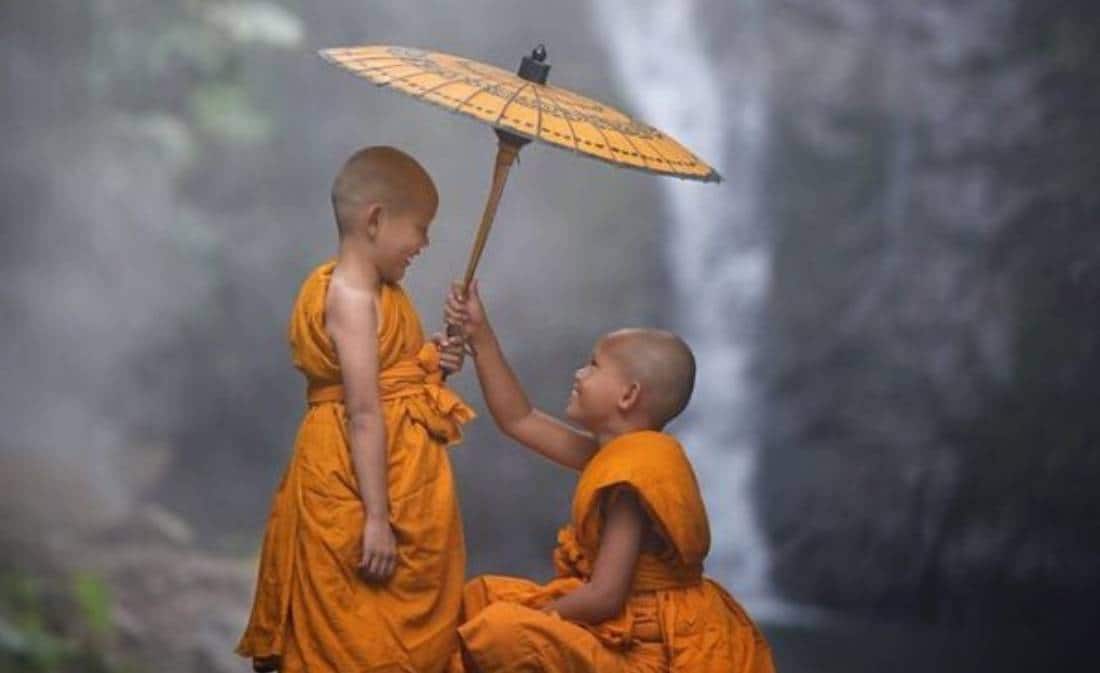
A) OBSERVATION:
What you cannot see, i.e., feelings, sensations, pain.
According to Buddha, vedana means feelings and sensations. According to Sanskrit, vedana means pain.
Pain has a tendency to stop the body.
E.g., you wouldn’t go for a walk with an ankle sprain.
Feelings or sensations can either stop or motivate the body to do more.
Feelings create sensations in the body to perform a task or a desire.
E.g., you feel tired so you choose to rest your body. Or you are tired but you just ate a heavy lunch and now your tongue makes you crave a sweet taste in your mouth. So you walk to the shop downstairs and get sweet.
When we are sitting down and attempting meditation, our main focus is to bring our attention back to our breath. During this process, we have many feelings, sensations, and also pain that commands our attention from the signals created in our body. When these occur, again we bring our attention back to our breath. We observe the feelings as existing, but our motive is not to get attached to them and hence allow them to pass. With every feeling/sensation/pain, we bring our attention back to our breath: the present moment. Sure, this will be difficult at first. Our natural impulse or reflex to pain is to react.
E.g., after sitting in a cross-legged position for a long time, at a certain moment, our knees start to hurt. Our reflex reaction would be to stretch our legs, shake, or massage out the cramps. How about instead we notice that there is pain, and not react. Don’t focus your attention on it, instead bring your attention back to your breath. After continued practice, you may start to notice that although you feel the pain, your lack of attachment means it doesn’t bother you so much anymore.
B) CONTROL:
Neither feelings, sensations, nor pain are permanent. They come and go. We can bring all of these under our control with awareness. The mind tends to get attached to all three. The mind is addicted to attachment. The soul, however, does not get attached to anything; it is fully in the present moment and just witnesses the moment as is. It embraces the moment completely while simultaneously accepting it as what it is, a moment that will eventually pass. I will explain this again with an example.
E.g., imagine yourself sitting on the banks of the Ganga. A part of you will be taking in the breathtaking river, mesmerized by its beauty and magic. You will watch the rivulets of the water, feel the wind, and many other things. When you leave the spot where you are sitting, then, you just focus on the walk ahead and leave the Ganga behind. Another part of you may start wondering how far the river goes. You may get annoyed when the shouting rafters pass by and disturb your silence, may start to notice some garbage in the river, and your mind may wander about the state of the world. That part of you may also start to wish you were staying in that moment forever, and even as you leave the spot, your thoughts are still back there. The first part of you is your soul; it took in the magic of the river and left it behind too after the moment was over. However, the second part was your mind and its addiction to making moments (especially the happy ones) last forever.
On the contrary, if the moment was a sad one, the mind is conditioned to want that moment to end immediately. We have been taught that pain is bad, instead of just accepting pain for what it is.
Task:
Draw a rough sketch of your whole body. Sit with yourself for some time and observe your body. Where do you feel pain, any kind of sensations, how does it make you feel? How do you react? Write this all down in your “YOU” journal. Make sure you are in a quiet place devoid of all distractions.
How often do we spend time with ourselves just to observe how our own bodies behave and how they influence our minds? Remember that the body, mind, and soul are all interdependent on each other.
-
3. Chittanupassana
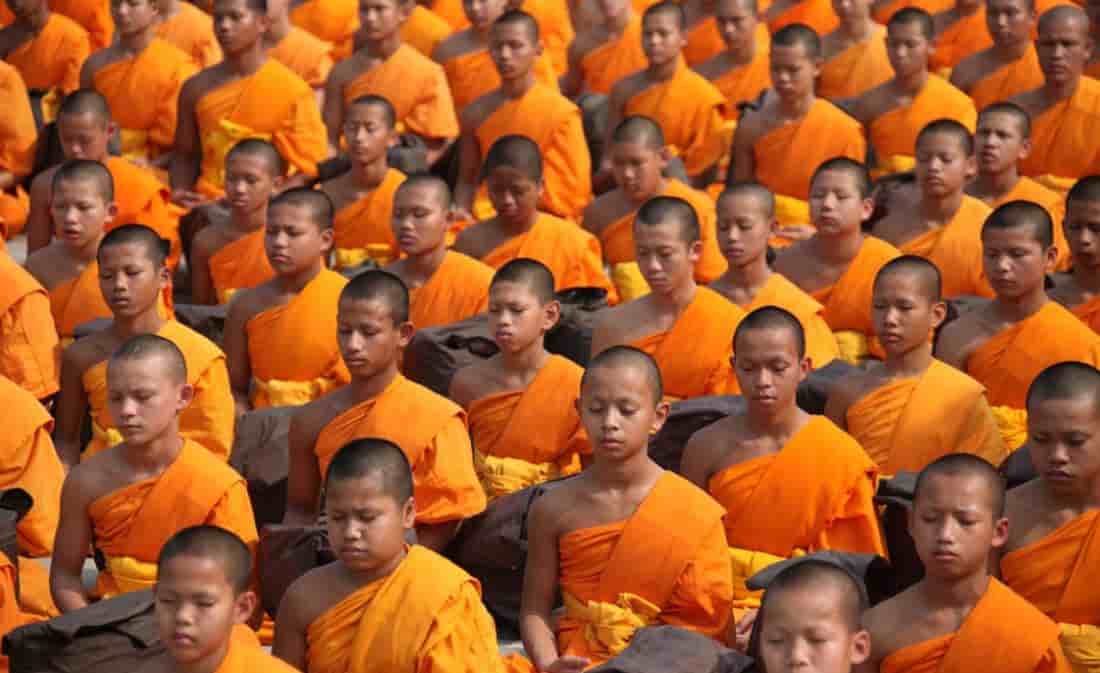
A) OBSERVATION:
According to Yoga, our mind can be divided into 4 different parts:
Mana - the overall mind, has many layers and is connected to every single cell in our bodies. It is memory and intelligence. It is not intellect.
Buddhi- intellect. This is the logical mind and functions based upon the data that already exists. Ahankara – ego. It is our sense of identity. Once the Ahankara assumes an identity, the intellect functions only in that context. It is important to function beyond the intellect because the intellect is enslaved to identity.
Chitta - the conscious mind (Chetana), is a mind without memory. It is pure intelligence which is like cosmic intelligence. It is the way it is without reason and connects you to your consciousness.
Our Chitta is always suctioning, whether we are awake or asleep. The Buddhi comes and goes, can often fail us, especially when we are awake (our mind travels). The Chitta is our present, it is our breath. If we used Buddhi to control our breath, we lose focus.
According to a more western view, you may have heard the mind is divided into:
The Conscious mind - this part is focused on the present moment only.
Subconscious mind - our mechanical memory. E.g., when we first learn to ride a bicycle, it takes a lot of our conscious mind to be fully present, maintain balance, ride well, and use the brakes, etc. After some practice, the process gets stored in our subconscious mind and becomes part of our mechanical memory where the movement happens automatically without us having to focus on every action all of the time.
Superconscious mind - Here, events are stored deep inside our brain for every single thing that has happened in our life, including every single thing that our eyes have glanced at. However, these are stored like folders and sub-folders inside our brain and are usually not available to us in the present moment until something causes the memory to be triggered and it is necessary to remember. E.g., how you spent your 5th birthday.
Chittasnupassana focuses only on the present moment. Breath is the best and easiest tool to bring our minds back to the present moment. When we have gained control of our minds during Kaya and Vedana, eventually our minds start to make observations in the present moment only while we are meditating, and then eventually all of the time.
B) CONTROL:
Imagine yourself flying in the sky on either of these two vehicles: a plane and a flying carpet.
The plane has a fixed view from the cockpit. It cannot look beyond what it sees from the windows. So it stays focused on what is visible from here, and this helps the pilots to tune in to the direction in which they need to fly.
Now, imagine yourself flying on a carpet. You have the ability to look all around you and change positions. You can stand on the carpet, sit, fall asleep, and have a 360-degree view. Wouldn’t you be constantly fascinated by everything around you and always distracted by the next thing in your vision?
Now apply this same theory to your own self. Your eyes have a cockpit view and your mind is flying on a carpet. We can train our minds to focus on the view we are currently seeing, staying in the present moment with the help of our breath. When our eyes are closed though, our minds start to fly. Again, we use our breath, train our eyes to focus on a single point even while they are closed. This brings our minds back to the present moment.
However, there is someone who is always watching the mind. This is the Soul.
“The observer is also the one who is being observed.” – J. Krishnamurti
-
4. Dhammanupassana
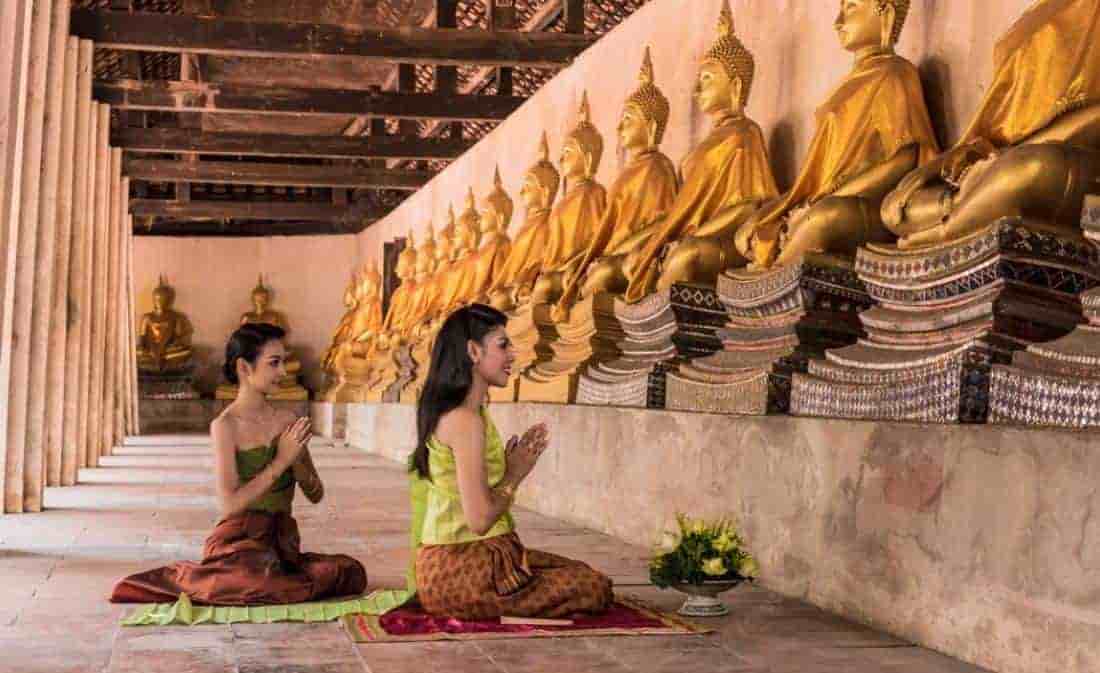
A) OBSERVATION:
In Kaya and Vedana, you work on removing the negatives. In Chitta, your practice helps you get connected to the present moment all of the time. So in dhamma, we move higher. In 1 and 2, you remove the negatives.
Task: In your “you” journal, write down all the things that you do just for yourself. The things that make you feel good about and with yourself. You don’t do it for any other reason besides the fact that it gives you happy feelings.
E.g., feeding a stray dog. It makes you feel happy to do it. You don’t do it because you will acquire good karma by doing so, but just because you want to. It's an unselfish act.
Playing music when you're alone and just dancing, with no care or thought to how you look, the way you move, or anything. You dance. The act of moving to rhythm makes you feel good.
B) CONTROL:
Here it is important to understand three things:
Dharm - responsibility
Karma - every action has a reaction
Bhagya - destiny - this is the result of your karma
Karma and Dhamma are both related to Intention.
Karma is a highly misunderstood term. Every action that we make, whether in thought or deed, results in some form of a reaction. This reaction may be instantaneous; it may occur after some time has passed; or it can be in another life.
Karma is of two types:
Good (Punya) Karma, further subdivided into small and big karma.
Bad (Pap/Sin) Karma, also further subdivided into small and big karma.
Destiny is the storehouse of all your big good and bad karma. This destiny can always be changed depending on how your karma circle is completed. Let us understand this further with some examples.
- Jack loans Jill some money. After some time has passed, Jill pays back the money. So the circle is complete, and Jack also earned some good karma, which will come back to him at some point, most likely from Jill itself. Their destiny is not affected.
- John loans George some money. John doesn’t pay the money back and eventually dies. The circle is left open. So in the next life, a situation will occur in which George will have to pay John back in some form.
The above was an example of Big Karma.
- Imagine a friend comes and slaps you. That friend now has bad karma. So you slap him back. If you don't, he will receive a slap at some point in his life. So, this doesn’t get accumulated and does not affect his destiny. This is an example of Small Karmas.
- Intention is very important in both cases.
- Suppose it's your friend's birthday and you want to buy them the best chocolates because they have a sweet tooth. So you gift them a box of the best chocolates. The next day you find out that your friend ate all the chocolates in one go and was now very sick in the hospital. Your action had a bad reaction. But that was not your intention. Your intention was to give your friend the best. It is not your fault that he/she is in the hospital, because his reaction is the result of his own actions.
Time is the X factor. Karma can be fulfilled in any life, but it is always fulfilled between the same individuals, especially in the case of Big Karma.
Yamraj is the first department that you encounter when you die and go to heaven. In this, you are given your Yamloka, which is the judgment that takes place after you die. Things that were not recorded in your destiny, such as the small karmas, are discussed and evaluated over here. This way, you don’t carry them forward into your next life.
Big Good and Big Bad Karma get added into the next life.
Small Good and Small Bad Karma get sorted out in the same life or at your Yamloka.
Summary
Vipassana is the practical teaching of the Buddha. It is not intellectual, emotional, entertaining, philosophical, or devotional in any way. It is rational, scientific, and reality-based. By practicing Vipassana, one experiences the truth within oneself and understands how the mind, body, and soul work together. It leads one from an impure, scattered mind to a pure, calm, and peaceful state.
I hope that this article will help you get started on the path to self-study and actualization and guide you on your Vipassana journey.


